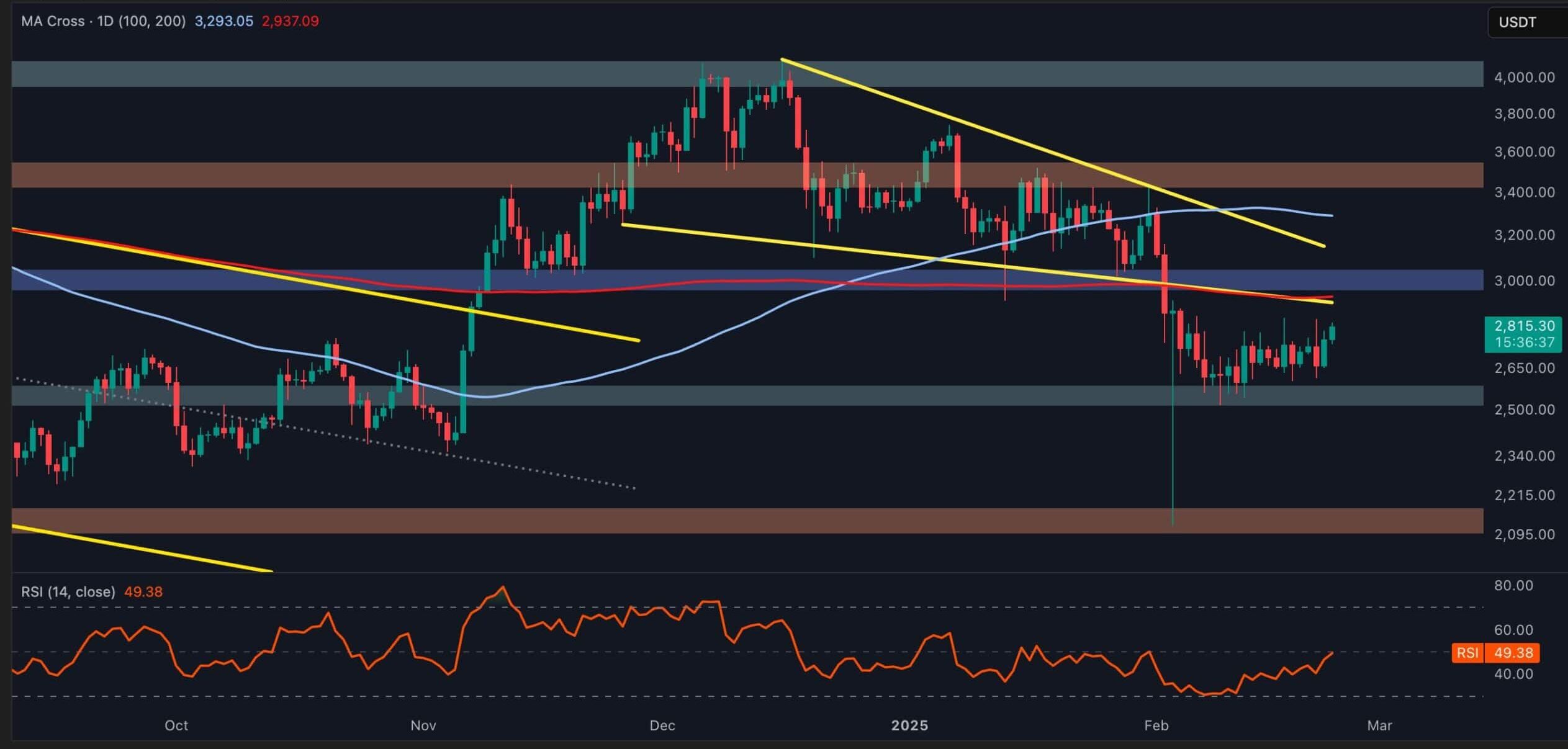
Bitcoin Market Decline $1.3 Trillion Loss and Impact on Altcoins
As Bitcoin falls and loses more than $1.3 trillion in market value, the cryptocurrency industry has seen a spectacular collapse. Bitcoin now slides below $77,000. Investors have gone crazy over this fall, and a tsunami of liquidations has swept over the larger bitcoin market.
Other significant cryptocurrencies, such as Ethereum, Solana, and Cardano, suffer substantial losses; hence, the slump is not limited to Bitcoin. This abrupt drop in values is upsetting the market and casting doubt on the direction of future digital assets.
Bitcoin’s Struggles and Future
Recent market patterns have severely hurt Bitcoin, the flagship coin, from its past all-time highs of over $80,000 to below the $77,000 mark. Bitcoin’s performance typically serves as a barometer for the whole Crypto Market; hence, many investors have been alarmed by its decline below this critical level. At the time of writing, Bitcoin was hanging about the $76,500 range, clearly losing value.

Concerns about market stability, outside economic forces, and a general drop in investor risk appetite have been blamed for the sharp slump, among other things. Though historically, Bitcoin has shown a fantastic tenacity, recovering from comparable declines, the question remains: Will it be able to reach its former highs, or is the market moving into a more protracted bear phase?
Bitcoin Drives Altcoin Losses
The price drop in Bitcoin has started a domino effect across the altcoin market that has caused notable losses to several well-known cryptocurrencies. Once its price dropped below $1,600, Ethereum, the second-largest cryptocurrency by market value, sank around 10% in a few days. Solana’s price has dropped noticeably—almost 10%—which brings it down to about $107, given its quick transaction rates and expanding ecosystem.
The general market sell-off affects well-known cryptocurrencies, including Cardano, Polkadot, and Litecoin. Altcoins are generally more volatile than Bitcoin; even if the top digital asset declines, they still suffer more. This inclination fits historical market corrections in which Bitcoin’s swings define the direction of the other cryptocurrencies.
Cryptocurrency Market Crash
With almost $1.3 trillion in unrealized gains disappearing in the wake of this market collapse, the entire value of the bitcoin market has suffered a severe blow. Previously rising beyond $3 trillion during the last bull run, the total market capitalization of all cryptocurrencies has plummeted to a much smaller level. The scope of the recent market correction is evident with the total value of all digital assets at about $1.7 trillion.
Unrealized losses vary between an asset’s acquisition price and its current market value. Many investors find significant unrealized losses in their portfolios as prices keep declining. Some market players decide to leave their holdings, while others cling to their investments in hopes of a comeback, aggravating the market’s fall.
Bitcoin Market Decline
Many factors are causing the significant decline in the bitcoin market. The risk-off attitude in world financial markets is the main reason. Rising inflation, tightening monetary policy, and geopolitical instability have made investors more cautious of high-risk assets, including cryptocurrency.
Still another significant factor influencing the market is regulatory pressure. Since their probable influence is unknown, governments all across are making investors uneasy as they review new laws for digital assets. The market volatility has been partly explained by concerns about the U.S. government’s stance toward cryptocurrencies and the likelihood of a more thorough investigation of crypto exchanges.
Furthermore, the planet’s macroeconomic situation is aggravating the load. Continuous conflicts between big nations, especially China and the United States, have sparked concerns about a potential trade war with far-reaching effects on digital and conventional markets. Investors are withdrawing from riskier investments as trade ties deteriorate and world economic development slows, further aggravating the decline in the bitcoin market.
Market Fear Surge
With the Crypto dread & Greed Index showing “extreme fear” in the market, investor mood has changed drastically recently. As investors search for safety in more conventional assets, this mindset change has resulted in large daily withdrawals from Bitcoin Markets. The Fear & Greed Index shows the increasing uneasiness among market players, who are reluctant to hang onto their digital assets under such erratic circumstances.

One of the most significant liquidation events since the March 2025 market collapse, market data shows that approximately $250 million worth of long positions were sold in the past 24 hours. These forced liquidations have increased the downward pressure on prices, therefore making recovery in the short run more difficult for the market.
Bitcoin Market Outlook
Many investors remain cautiously hopeful about Bitcoin’s and the wider cryptocurrency business’s long-term prospects, notwithstanding the present dip. Although the market is showing significant volatility, past evidence indicates that Bitcoin and other digital assets can recover after notable corrections. Veteran crypto market players and analysts agree that market cycles are inevitable and that the current slump could offer long-term investors a chance to pick assets at reduced rates.
Nonetheless, the market’s revival will depend on several elements, including the general state of the economy, changes in regulations, and investor confidence. It’s still unknown whether the present market correction fits a more general bear market or is only a brief setback in an active bull cycle.
Final thoughts
Recent days have seen a severe downturn in the bitcoin market; Bitcoin’s slide below $77,000 adds to a $1.3 trillion loss in market value. The market has felt the downturn; altcoins have also suffered significant losses. Although the future of the crypto market is yet unknown, the natural volatility and cyclical character of digital assets point to possible recovery. Investors must carefully negotiate these choppy seas, juggling risk and opportunity as they think about cryptocurrencies’ future.







